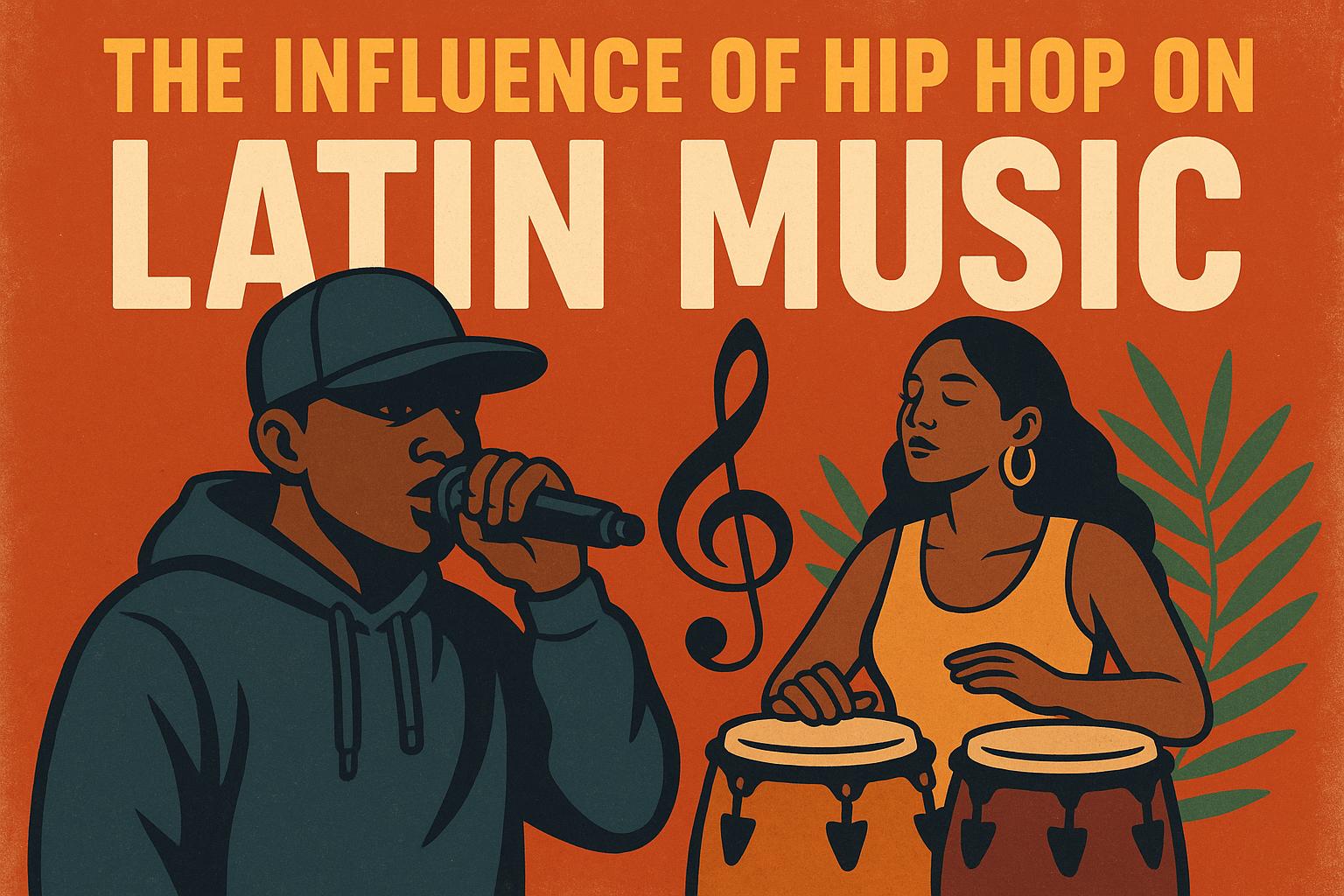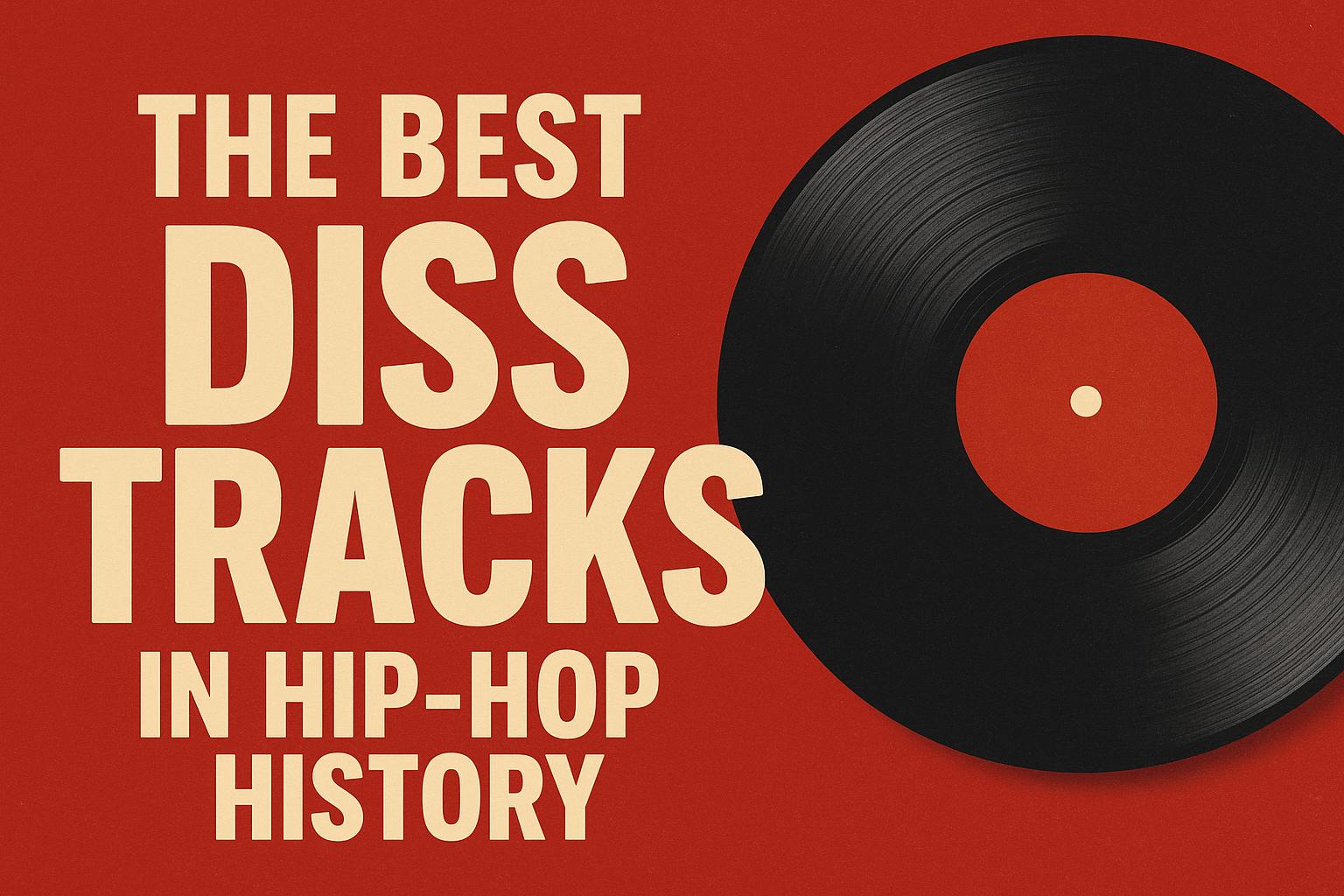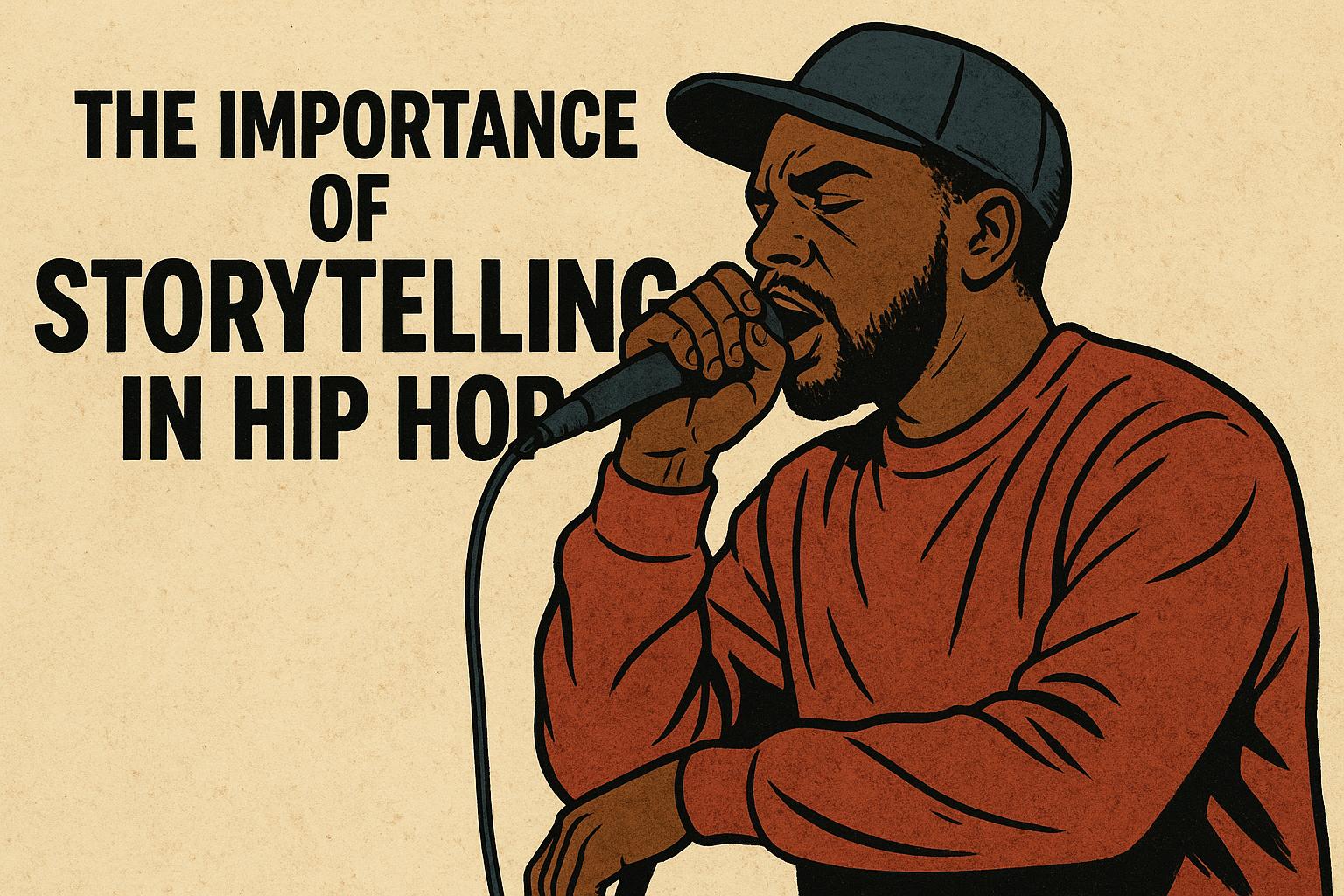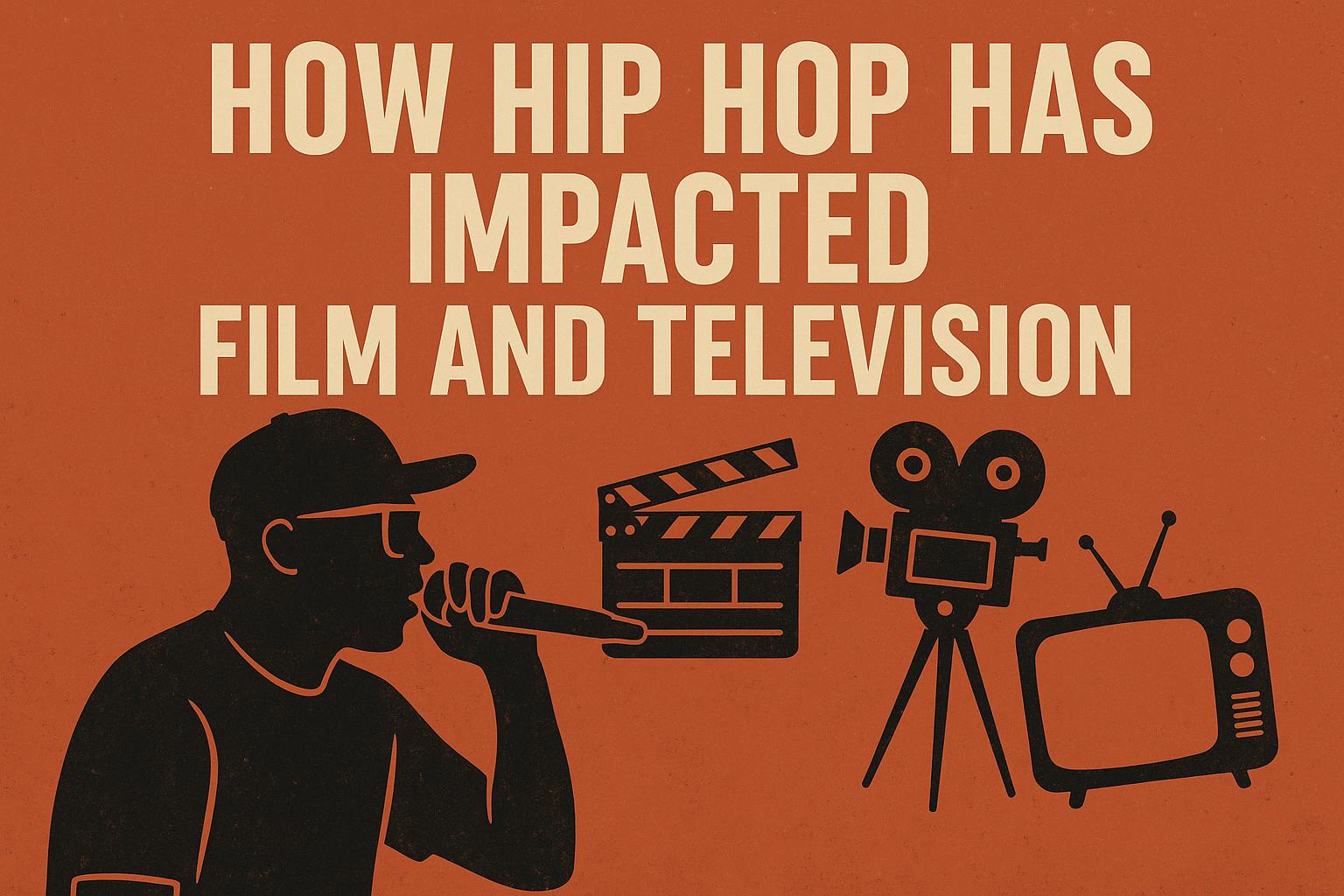The Rise of Hip Hop in Latin Music
The fusion of hip hop and Latin music has dramatically influenced the music landscape, as these two vibrant genres intermingle to create an exciting and innovative sound. This merging has not only expanded the listener base for both styles but has also driven forward innovations that have left their mark on the global music industry.
Historical Context
Hip hop’s origins can be traced back to the Bronx in the late 1970s, where it emerged as a powerful medium for self-expression and storytelling. It began to exert its influence on Latin music in subsequent decades as musicians sought to infuse traditional sounds with new energy and rhythm. This cultural intermingling became significantly more apparent in the 1990s when Latin artists started integrating different hip hop elements into their work, ultimately leading to the creation and popularization of new genres such as reggaeton and Latin trap. These genres are clear embodiments of this cross-cultural interaction, blending the essence of hip hop with Latin musical heritage.
Key Elements of Influence
A primary factor of hip hop’s influence on Latin music is seen in the innovation within beat production. This aspect of hip hop, characterized by syncopated drum patterns and deep bass lines, revolutionized the rhythmic foundation of Latin music, giving it a distinctly modern feel. Producers began incorporating these beats to add complexity and drive to traditional Latin rhythms.
Sampling is another quintessential hip hop technique that has markedly affected Latin music. By reusing and remixing existing tracks, artists can introduce fresh layers and unique textures to their songs. Sampling allows musicians to pay homage to classic tunes while simultaneously creating something novel and compelling. In this way, traditional Latin sounds are revitalized through the lens of hip hop production styles.
In addition to production techniques, hip hop’s emphasis on lyrical content has also left its mark on Latin music. Lyrics in hip hop often focus on personal and social narratives; these themes have encouraged Latin artists to delve into topics that press close to the hearts of their audiences. They explore a range of subjects, from social justice and inequality to deeply personal stories, thereby broadening the thematic reach of Latin music.
Artists and Collaborations
Several artists have led the charge in this vibrant cross-cultural fusion, gaining recognition on an international level. Daddy Yankee, Bad Bunny, and J Balvin are notable figures who have skillfully woven hip hop elements into their music, expanding their appeal far beyond Latin America. Collaborations between Latin and American hip hop artists have further reinforced this blend, resulting in chart-topping hits. For example, “I Like It” by Cardi B, which features both Bad Bunny and J Balvin, serves as a prime example of this successful marriage of styles and cultures.
Impact on the Global Stage
The blending of hip hop and Latin music has achieved significant global impact, with these hybrid genres gathering widespread acclaim and popularity. This fusion has acted as a conduit through which Latin culture is introduced to broader, diverse audiences around the world. Latin music’s presence on international charts and streaming platforms has grown exponentially, exemplifying the expanding influence of this genre on a global stage. This growing visibility underscores the universal appeal of Latin music’s unique sound and the cultural narratives embedded within it.
The Future of the Fusion
Looking ahead, the integration of hip hop and Latin music is poised to continue shaping the future of the music industry. Technological advances and shifting musical tastes are expected to drive further evolution and influence. In the digital age, collaboration knows no bounds, as artists from various parts of the world can easily connect and share their creative visions. This has opened up a myriad of possibilities for new and emerging artists, offering them the chance to experiment with these genres in innovative and exciting ways.
The transformation spurred by this hybridization is ongoing, with considerable potential for pushing musical boundaries. Emerging musicians are likely to continue exploring diverse combinations of these genres, contributing to the continued evolution of soundscapes that challenge traditional frameworks. As these genres evolve, they promise not only to entertain but also to deliver powerful narratives that reflect cultural diversity and shared human experiences.
In conclusion, the intersection of hip hop and Latin music signifies a remarkable cultural and musical renaissance, one that has significantly impacted both the industry and the perceptions of global audiences. This fusion is a powerful testament to music’s ability to cross cultural divides, promoting widespread appreciation and deeper understanding of diverse artistic traditions. Through its rhythmic and lyrical depth, this genre collaboration continues to foster a collective celebration of heritage and innovation, uniting audiences in a shared love for music that resonates on a profound level.





